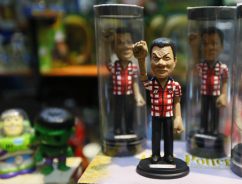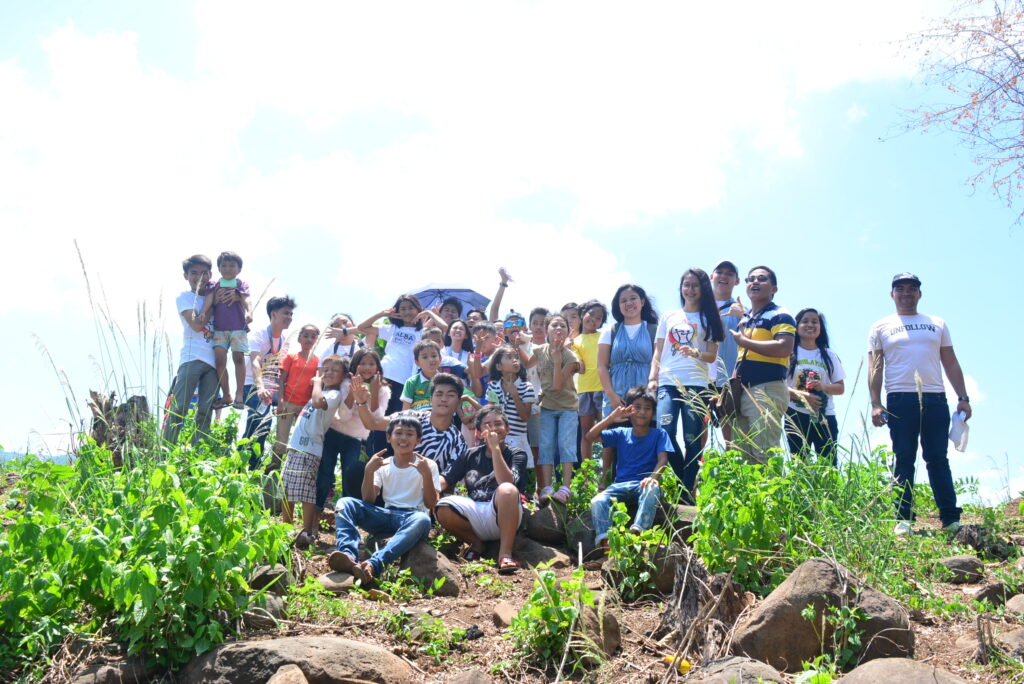[ad_1]
From most of the Bisayan-speaking regions across the Philippines, “ulahi sa duyan” (literally, late in the cradle) is an idiomatic expression that best describes the normative intergenerational relationship between youths and their elders. It means that there is no legitimacy for a younger person to question an elder’s wisdom. Youth definition is beyond age and varies according to context. In the Philippines (and the Bangsamoro region), a youth is anyone between 15 to 30 years old. Growing up in a village in Northern Mindanao, these are some of the orthodoxies of which our elders repeatedly remind us. Youths and children are excluded in conversations and decision-making. In the Bangsamoro in Mindanao in the Philippines, an old law suggests that someone can be treated like a slave because of a their relatively younger age
But with the challenges confronting communities in the 21st century, how has the treatment of youths evolved? How do young people contribute to addressing injustices and advancing agendas of peace?
Many studies show that youth exclusion and marginalisation are among the problems in conflict and post-conflict contexts. Aside from being a vulnerable sector at times of conflict, young people are also labelled as transgressors who are assumed to be perpetrators of violence rather than activists for peace. When young people lobby for inclusion, they are less likely to be heard. This occurs when gerontocratic societies are preoccupied with other priorities during post-conflict construction. But despite the ‘victims’ and ‘transgressors’ framing of youth, some young people choose to participate in civil society by exercising their peacebuilding agency. They operate in the margins when the institutional structures are closed to them. Their civil society organisations (CSOs) are usually at the bottom of the pile and prone to underestimation. They compete with other CSOs for limited funds, among other challenges.
One post-conflict case where young people strive for inclusion in the formal space is the Moro youths in Muslim Mindanao, home to the world’s second-oldest conflict. The new Bangsamoro Autonomous Region in Muslim Mindanao (BARMM) is expected to address the historical injustices committed against the Moro tribes. It also re-creates a space where Moros can exercise their right to self-determination.
The Bangsamoro interim government includes youth representatives. In the 80-member transition authority, at least 20% of the ministers belong to the youth sector. The participation and inclusion of young Moros in the interim government are essential for at least three reasons: a quarter of the BARMM’s population belongs to the youth sector; the presence of young Moros in government is appropriate for an autonomous region where most of the revolutionaries are now in their old age and; youth have expertise in information technology and communications that can contribute to managing a government to operate on par with international standards.
There are at least three factors that helped advance Moro youth inclusion in the formal peacebuilding space.
First, lobbying for Moro youth began as early as during the peace negotiation stage. This eliminated their previous subaltern status because, as one young Moro leader I interviewed said, “we show our elders that we have the capacity and agency to participate.” Such agency found structural support in the 1987 Philippine constitution, which “recognises the role of youth in nation-building.” In 2015 and 2020, the United Nations also passed two resolutions recognising youth’s capacity to counter the challenges confronting the world. These structural developments paved the way for youth exercising agency towards inclusion. Further, the Bangsamoro Youth Commission (BYC) is one of the first offices that the interim government created. The commission has a dynamic partnership with other non-government youth organisations across the region.
Related

Duterte and prospects for Bangsamoro peace
Why the incoming president could harm a fragile peace process.
Second, there is positive intergenerational dynamic between Moro youths and elders. Moro youth tend to recognise the wisdom of the adults and harmonise them with their agency. This builds collaboration rather than competition.
Third, trust and cultural connection linked youth in the government and non-government sectors. Prior to the creation of the interim government, youth in the non-government sector were already connected to youth leaders in government. They engaged with each other in seminars, lobbied together during the plebiscite, met at cultural and religious events, and shared tribal and religious ties as Islamised Moros.
With youth inclusion, young Moros became active participants in helping alleviate suffering in the lives of other Moros. One of the implications of youth inclusion in the interim government was a positive effect on other youth in the non-government sector, as evident in at least two examples.
First, non-government affiliated Moro youth became young “surrogates” of governments, acting like the agents of government bodies. For instance, Moro youths settled clan feuds, which is usually expected to be the role of the government. Also, Moro youth-based non-government organisations spearheaded relief distribution and community education at the height of COVID-19 lockdowns. This happened through the Bangsamoro Youth Commission’s partnership with the interim government. Second, the Moro youth’s technological expertise has been utilised as the interim government moved to online meetings and operations during the pandemic. The bureaucracy of the BARMM also has several youth with professional training working in the government. During my research interviews, one young Moro youth I interviewed said:
This is our contribution to the Moro struggle. We were able to get a degree and formal training because our elders offered their lives in the battlefield. As a result, our elders’ generation missed school while we enjoy a safe learning space because they offered their lives as shields to ours.
In this vein, having more youths in the BARMM is appropriate for the Bangsamoro, where former combatants are now in their old age.
Having youth in both government and civil society fields and not just in the government alone is a healthy check and balance mechanism.
Foreign funders flocked to the Bangsamoro not just during the transition period but also prior to it. International funders encouraged inclusivity in their funded programs, paving the way for more inclusion of youths and other marginalised groups in the formal political space.
But while the international community’s support is important, the memory of the past does not fade with the pouring of foreign funding alone. It is hard to uncouple the current Moro struggle from the history of the anti-colonial struggle that began four centuries ago. This struggled led to atrocities against the Moros and young Moros continue to learn about these through ballads and everyday stories that are passed down intergenerationally.

Muslim and Christian students from Mindanao State University implementing a community outreach on challenging violent extremism in Northern Mindanao, as part of a project with Facebook Incorporated. Image credit: Charl Mark Ane.
To this, there is a need to recognise the past, include it in the international cooperation framework, and move forward to positively benefit the youths. The harmonious collaboration of today’s youths with the government and international actors is a perfect opportunity to include in the development agenda the healing of the past, which is like an unhealed wound. There is a need for an open dialogue between the Moro community, the Philippine government, and international actors who were party to the atrocities committed against the Moros in the past. In this dialogue, the goal is peaceful reconciliation (to make apologies) and eventually move forward for peace and development without being inhibited by past traumas.
Engaging more young people in post-conflict processes is a way of preparing a dynamic generation who will lead the community in the near future. Moro youth inclusion is a way to respond to the current global challenges, benefiting current and future generations by cultivating an inclusive culture.
[ad_2]
Source link